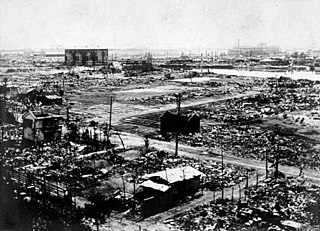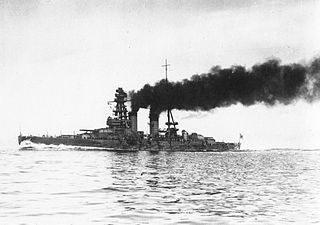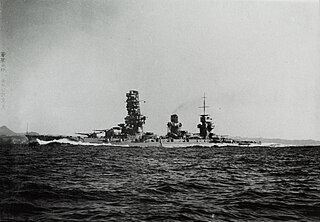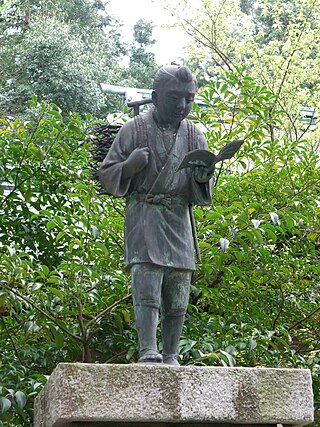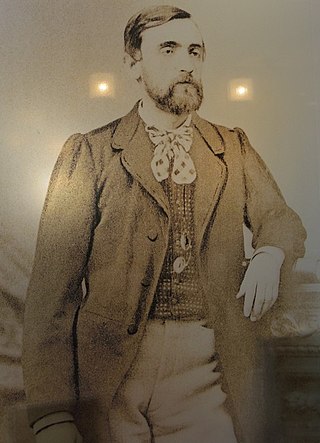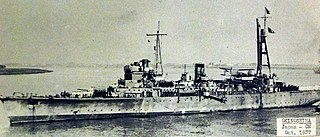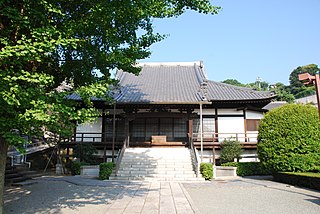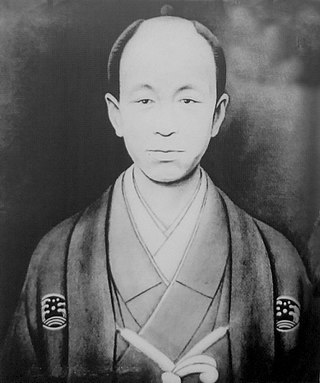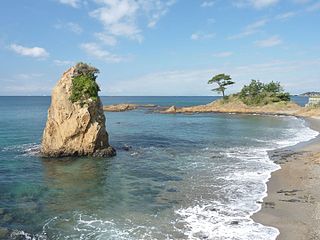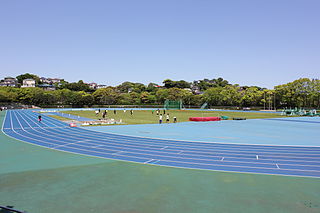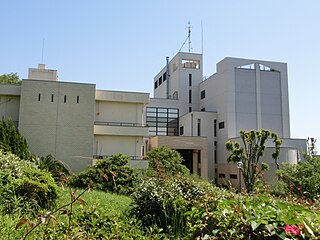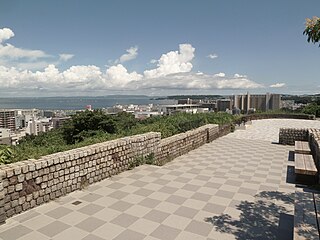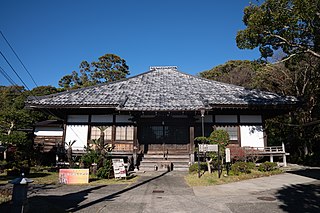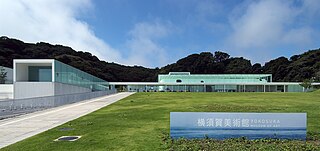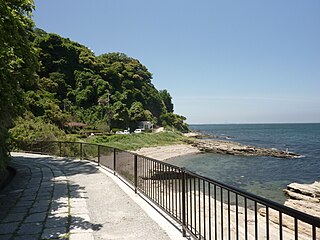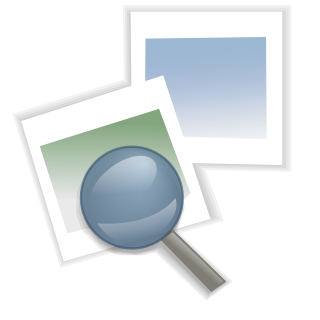23 Sights in Yokosuka, Japan (with Map and Images)
Legend
Welcome to your journey through the most beautiful sights in Yokosuka, Japan! Whether you want to discover the city's historical treasures or experience its modern highlights, you'll find everything your heart desires here. Be inspired by our selection and plan your unforgettable adventure in Yokosuka. Dive into the diversity of this fascinating city and discover everything it has to offer.
Sightseeing Tours in Yokosuka1. 大震災遭難者供養塔
The Great Kanto Earthquake (Kanto Great Earthquake, Taisho Kanto Earthquake) was an earthquake disaster that caused great damage in the southern Kanto region and adjacent areas due to the Kanto Earthquake (Kanto Great Earthquake, Taisho Kanto Earthquake) that occurred at 11:58 on September 1, 1923 (Taisho 12, Japan time). An estimated 105,000 people were killed or missing, making it the largest earthquake damage in Japan since the Meiji era.
2. 軍艦長門碑
Nagato was a super-dreadnought battleship built for the Imperial Japanese Navy (IJN). Completed in 1920 as the lead ship of her class, she carried supplies for the survivors of the Great Kantō earthquake in 1923. The ship was modernized in 1934–1936 with improvements to her armor and machinery and a rebuilt superstructure in the pagoda mast style. Nagato briefly participated in the Second Sino-Japanese War in 1937 and was the flagship of Admiral Isoroku Yamamoto during the attack on Pearl Harbor. She covered the withdrawal of the attacking ships and did not participate in the attack itself.
3. 戦艦陸奥 第四主砲 砲身
Mutsu was the second and last Nagato-class dreadnought battleship built for the Imperial Japanese Navy (IJN) at the end of World War I. In 1923 she carried supplies for the survivors of the Great Kantō earthquake. The ship was modernized in 1934–1936 with improvements to her armour and machinery, and a rebuilt superstructure in the pagoda mast style.
4. 軍艦山城之碑
Yamashiro was the second of two Fusō-class dreadnought battleships built for the Imperial Japanese Navy. Launched in 1915 and commissioned in 1917, she initially patrolled off the coast of China, playing no part in World War I. In 1923, she assisted survivors of the Great Kantō earthquake.
5. 正岡子規の文学碑
Masaoka Shiki , pen-name of Masaoka Noboru, was a Japanese poet, author, and literary critic in Meiji period Japan. Shiki is regarded as a major figure in the development of modern haiku poetry, credited with writing nearly 20,000 stanzas during his short life. He also wrote on reform of tanka poetry.
6. 二宮金次郎
Ninomiya Sontoku , also known as Ninomiya Kinjirō, was a Japanese agriculturalist. He lost his parents when he was a boy, but through hard work and diligence, he rebuilt his fallen family at the age of 20. Later, he rebuilt approximately 600 villages and became a shogunate retainer. His ideas and actions were inherited as the Hōtokusha Movement.
7. フランソワ・レオンス・ヴェルニー
François Léonce Verny, was a French officer and naval engineer who directed the construction of the Yokosuka Naval Arsenal in Japan, as well as many related modern infrastructure projects from 1865 to 1876, thus helping jump-start Japan's modernization.
8. 軍艦沖島の碑
Okinoshima (沖島) was a large minelayer of the Imperial Japanese Navy (IJN), which was in service during the early stages of World War II. She was named after the Okinoshima Island in the Sea of Japan. She was the largest purpose-built minelayer in the IJN and the first Japanese minelayer to be equipped with a reconnaissance seaplane.
9. Dobuita Street
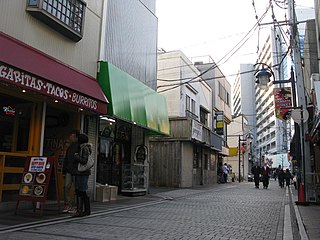
Dobuita Street is a 300-meter-long street and shopping street in the center of Yokosuka City, Kanagawa Prefecture. It is famous as the birthplace of Sukajan. It is a shopping street with a unique atmosphere that fuses American and Japan cultures, and is one of the city's representative tourist destinations.
10. 大楠山
Mt. Ōgusuyama is a mountain located in the western part of Yokosuka City, Kanagawa Prefecture, Japan, at an altitude of 241.3 m above sea level. It forms a corner of the Miura Hills and is known as the highest peak on the Miura Peninsula. It is also the 100th of the 100 famous mountains in the Kanto region.
11. 浄土寺
Jodoji Temple (Jodoji) is a temple of the Jodo Shinshu Honganji sect (Nishi Honganji) whose founder is Shinran, located in Nishiitsumi-cho, Yokosuka City, Kanagawa Prefecture. Built by the Kamakura period warlord Hatakeyama Shigetada. During the Muromachi period, he took refuge in Rennyo during the 11th abbot and became a Jodo Shinshu from the Tendai sect. It is the Bodhi Temple of the British navigator William Adams (Japan name: Miura Shohari), who came to Japan in the early Edo period and served as a diplomatic advisor to Tokugawa Ieyasu. The current head priest is Michio Itsumi.
12. 小栗上野介忠順
Oguri Kozukenosuke was a statesman of the Tokugawa government in the last stage of the Edo period, and he is often regarded as a rival of Katsu Kaishu. At the time when the power of the Tokugawa government was diminishing, he took the posts of finance magistrate twice, and that of the foreign magistrate once. Also, he decided to construct the first arsenal in Japan, and this decision contributed to the Meiji Restoration.
13. Tateishi Park
Tateishi Park is an urban park located in Akitani, Yokosuka, Kanagawa Prefecture, Japan. It is a park between the sea and National Route 134, and although the area is small and there are no outstanding facilities, it is famous as a scenic spot where you can see Tateishi and Sagami Bay, so many people visit it.
14. Iriyamazu Park
Iriya Park is an urban park (sports park) in Yokosuka City, Kanagawa Prefecture, Japan. Since it is an athletic park where various sports facilities are gathered, many competitions and sporting events are held.
15. 佐原2丁目公園
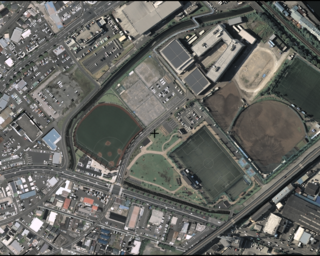
Sawara 2-chome Park is an urban park (district park) located in Yokosuka, Kanagawa Prefecture, Japan. The facility is owned by Yokosuka City and managed by City Support Yokosuka based on the designated manager system.
16. 横須賀市自然・人文博物館
The Yokosuka City Museum of Nature and Humanities is a municipal museum located in Yokosuka, Kanagawa Prefecture. It consists of two museums, the Museum of Nature and the Museum of Humanities, and exhibits, preserves, and researches materials in both fields of nature and humanities on the Miura Peninsula.
17. Anjin-duka
Anjinzuka is the grave of William Adams, located in Tsukayama Park in Nishi-Itsumi-cho, Yokosuka City, Kanagawa Prefecture. As "Yasuharizuka Station", it is also the station name of the Keikyu Electric Railway. As for the notation, it may be referred to as "needle mound".
18. Umibe Tsuri Kouen Park
Seaside Tsuri Park is a harbor green space located in Heisei Town, Yokosuka City, Kanagawa Prefecture. It is a public fishing facility and admission is free. In addition to fishing, there are playground equipment and fountains in the park, making it a multipurpose facility for enjoyment.
19. Chuo Peace Park
Heiwa Central Park is an urban park (neighborhood park) in Yokosuka City, located in Fukadadai, Yokosuka City, Kanagawa Prefecture, Japan. On April 1, 2021, the name was changed from "Central Park" to "Peace Central Park".
20. Jorakuji Temple
Jorakuji Temple is a temple of the Jodo sect located in Ashina 2-chome, Yokosuka City, Kanagawa Prefecture. The official name is "Kongosan Shochojuin Daimido Jorakuji" (Kongosanshochojuin Omido Jorakuji). With the Miura clan's warlords, Mr. and Mrs. Wada Yoshimori, as the main applicants, it owns five Buddhist statues that are nationally designated important cultural properties made by the Buddhist master Unkei in 1189 (Bunji 5).
21. Yokosuka Museum of Art
Yokosuka Museum of Art opened in Kannonzaki Park , Yokosuka, Kanagawa Prefecture, Japan, in 2007. Architect: Riken Yamamoto. The collection, numbering some 5,000 pieces, includes works by Fujishima Takeji and Nakamura Tsune.
22. Kannonzaki Park
Kannonzaki Park is a prefectural-level combined scenic-city park, located at Cape Kannon (Kannonzaki), the northeastern tip of the Miura Peninsula, Yokosuka City, Kanagawa, Japan. It is a park that makes the most of the rich nature, such as the laurel forest and the coastal rocky shore of the area.
23. 赤星直忠博士文化財資料館
Dr. Naotada Akahoshi Museum of Cultural Properties (Akaboshi Naotada Hakushibun Kazai Shiryokan) is a private historical museum located in Nagasaka 2-chome, Yokosuka, Kanagawa Prefecture. It was established and operated by volunteers of archaeological researchers and private entrepreneurs in Kanagawa Prefecture who were taught by Naotada Akahoshi, a pioneer in archaeological research in Kanagawa Prefecture, and exhibits excavated artifacts from archaeological sites investigated by Akahoshi to honor his academic achievements.
Share
Disclaimer Please be aware of your surroundings and do not enter private property. We are not liable for any damages that occur during the tours.
